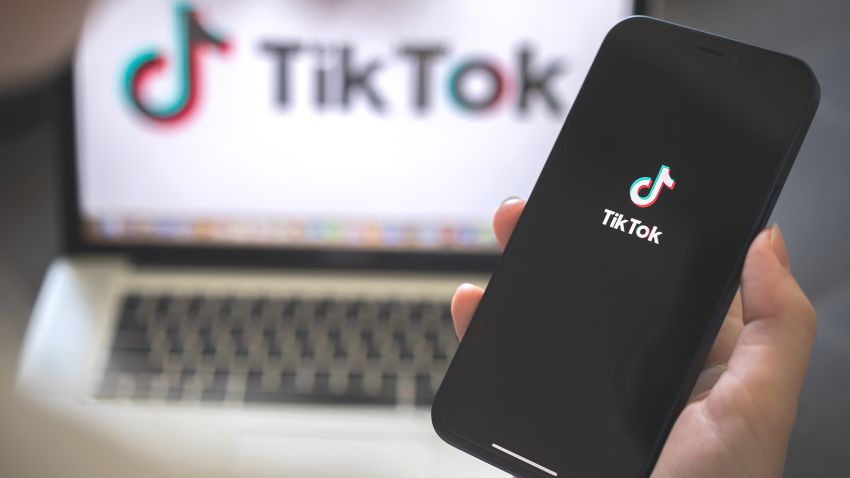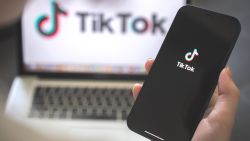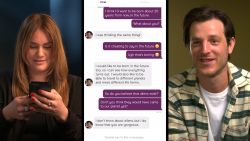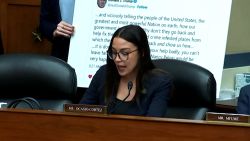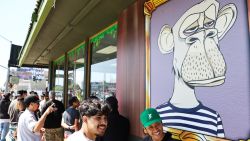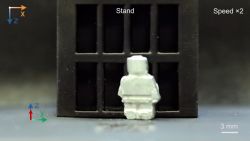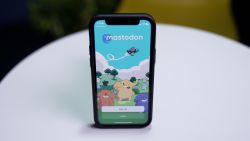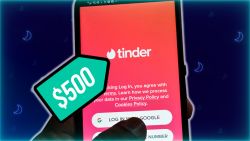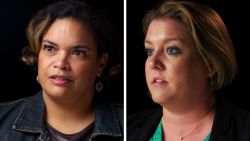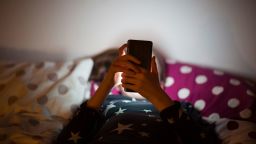Editor’s Note: Jake Novak is a writer, singer, actor and filmmaker in Los Angeles. The views expressed in this commentary are his own. Read more opinion articles on CNN.
Last summer, I became a somewhat infamous figure on TikTok when a video I posted pitching myself to be on “Saturday Night Live” went viral — but not in the way I’d hoped. At first I was mocked en masse and parodied, but the conversation quickly veered into vitriol and outright venom, resulting in a lengthy bullying campaign that included calls for me to kill myself.
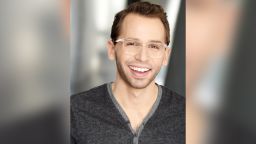
TikTok has been at the center of the national conversation as of late, with lawmakers proposing a nationwide ban on the popular video-sharing app over fears that the China-based company may be harvesting American users’ private data.
But as an online creator, I believe that the real, undeniable problem with social media is that harassment and hatred can spread on platforms like TikTok on an enormous scale with alarming speed — and it severely imperils the mental health of creators and everyday users alike.
It’s incumbent on social media companies to strengthen their content moderation practices to limit this behavior, and to ensure they do, the federal government should mandate more effective procedures to curtail the way hate can rapidly escalate online.
In the wake of the “SNL” post, my notifications were inundated with cruel comments and snide videos, from calls to action for users to bully me off the platform, to suggestions that I had not been bullied enough as a child. And when they’d had their fill on TikTok, these trolls found me on Instagram and YouTube — and even my inactive Twitter — and bombarded me with more nasty comments, tweets and videos. Altogether, the content made about me swiftly amassed millions of views and likes.
I immediately stopped posting on social media, and when my absence was noticed, the commentary changed to flippant musings wondering if the negative attention had caused me to kill myself, spawning the hashtag #RIPJakeNovak. Some users, perhaps emboldened by the hashtag, emailed me directly to tell me I should end my life if I hadn’t already.
This was my reality for months — all because of a video I posted that people thought wasn’t funny.
Social media creators are all too aware that the platforms that give them their creative outlet, and in many cases their livelihood, can turn hostile on them at any moment. Horror stories of users being mercilessly hectored and doxxed — where identifying information like physical addresses is published on the internet, usually maliciously — are far too common. And recently, there has been an uptick in swatting, where individuals falsely accuse someone of a made-up crime with the goal of sending armed police to their home, a prank that can turn fatal.
My version of this came when users discovered I worked as a performer at Disneyland and began coming there to film me and post the videos on TikTok. The captions often referenced the fact that I was alive, usually with bemusement or faux relief. But on the other side of the lens, I grew to fear more than what these people were saying about me.
Several of my coworkers received a message on Instagram that seemed to threaten my life, which meant that each video of me “in the wild” was not just a potential source of humiliation, but a beacon letting the entire internet — including those who wished me harm — know my location in real-time. Yet there was no recourse to be taken: I was in a public position that allowed, even encouraged, anyone who wanted to film me at will. I was alone and exposed and scared.
But I still had to go to work. Every performance, my anxiety was through the roof, wondering if that person who shouted my name was just being a harmless jerk or planned to follow me in the parking lot. That fear stayed with me outside of my workplace, too: at restaurants, grocery stores, the car wash. I slept on friends’ couches because I was afraid someone might have found my home address. I couldn’t be sure how far it would go.
Is the Chinese government using TikTok to invade Americans’ privacy for political gain? Who knows. Are Americans using social media to harass their fellow Americans? You betcha.
TikTok’s community guidelines pledge intolerance for users being “shamed, bullied, or harassed,” acknowledging that such content “can cause severe psychological distress.” The platform claims to take down videos for harassment — many before they’re even reported — and that is a good start. Some harassing comments and videos about me have indeed been removed in recent months. But that wasn’t before they got to me — and potentially influenced the creation of other harassing comments and videos.
I did not reach out to any social media platforms to report the bullying I received; even if I had, it was so widespread that I wouldn’t have known where to start. Instead, in the interest of preventing that disturbing hashtag from coming true, I deleted all social apps from my phone. I have yet to reinstall them.
I’m aware that as an entertainer — and an internet creator, especially — I am subject to people having and sharing opinions about me and my work. But what started as discussion about me turned into pointed attacks toward me. The former is discourse, which is very much within the scope of acceptable behavior toward a public figure; the latter is harassment, which is very much not.
But not all who experience cyberbullying are internet personalities who have opened themselves up to public critiques. Many targets are everyday users who find themselves unwillingly thrust into an antagonizing spotlight, and the effects can be devastating.
A 2018 review of 26 independent studies that were published between 1996 and 2017 (TikTok was released in September 2016) found that adults and young people are more than 2.5 times as likely to attempt suicide when they’ve faced online bullying, and the CDC says that levels of sadness and thoughts of suicide among teen girls have “increased dramatically” over the past decade. The same 2021 study notes that 16% of high school students surveyed by the CDC said that they had been “electronically bullied” through social media or over text in the past year.
We saw a tragic convergence of this just last month, when 14-year-old Adriana Kuch died by suicide two days after a clip of her being assaulted at her New Jersey high school was shared on TikTok. She told her father before she died that she didn’t want to be “that girl who gets beat up on video and made fun of.”
Social media companies are not without the tools to address the persecution that can proliferate on their platforms, yet they seem to not use them as well as they should.
Some sites reportedly utilize a form of “shadow-banning,” when the reach of a post is inhibited for community violations, but the practice is famously opaque and algorithms can misinterpret allowed content as verboten. Companies like Meta, parent of Facebook and Instagram, employ scores of human moderators who screen content around the clock, yet the moderators say they have made judgment mistakes due to confusing and constantly changing policies. Twitter’s Trust and Safety Council, which advised on issues including suicide prevention and mental health, was disbanded late last year. It doesn’t take much to understand why stories like mine — and many far more heartbreaking — pervade the online zeitgeist.
Perhaps unexpectedly, I don’t want TikTok to be banned — in fact, I hope it won’t be. I loved being a creator: the grind of making videos all the time, the challenge to push myself in new directions on a dime, the thrill of watching strangers around the world connect with a song I wrote minutes after filming it in my bedroom. I loved seeing the work fellow creators would make and feeling inspired by it. I miss TikTok. Before it was terrifying, it was exhilarating.
That was the promise of social media: a place where we can go to talk and share and laugh and think and come together. These are digital spaces where everyone is purported to feel welcome, yet I and so many others continue to flee them for fear of our physical safety. These platforms have had close to two decades to deliver on their promise and have failed again and again. Perhaps it is time to stop hoping that they will.
Senator Marco Rubio said recently that “The federal government has yet to take a single meaningful action to protect American users from the threat of TikTok.” But if legislation to ban the app because of Chinese privacy concerns passes, that statement will still hold true. Even if TikTok disappears from American life altogether, online hate and bullying will persist on other platforms until the government mandates stronger, broader and more efficient content moderation on social media specifically designed to protect us from harassment.
To the potential chagrin of those whose posts cheered it, my story thankfully did not end with suicide. But it’s all too clear that the next victim’s tale could have a much more lethal conclusion — in fact, it already did.
Suicide & Crisis Lifeline: Call or text 988. The Lifeline provides 24/7, free and confidential support for people in distress, prevention and crisis resources for you and your loved ones, and best practices for professionals in the United States. En Español: Linea de Prevencion del Suidio y Crisis: 1-888-628-9454.
